
The Royal Australian Air Force (RAAF) is the principal air and space force of Australia, a part of the Australian Defence Force (ADF) along with the Royal Australian Navy and the Australian Army. Constitutionally the Governor-General of Australia is the de jure Commander-in-Chief of the Australian Defence Force. The Royal Australian Air Force is commanded by the Chief of Air Force (CAF), who is subordinate to the Chief of the Defence Force (CDF). The CAF is also directly responsible to the Minister for Defence, with the Department of Defence administering the ADF and the Air Force.

The Australian Defence Force (ADF) is the military organisation responsible for the defence of the Commonwealth of Australia and its national interests. It has three branches: the Royal Australian Navy (RAN), Australian Army and the Royal Australian Air Force (RAAF). The ADF has a strength of just over 90,000 personnel and is supported by the Department of Defence and several other civilian agencies.
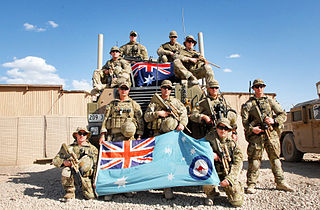
Airfield Defence Guards (ADG) are a mustering of the Royal Australian Air Force (RAAF) that are dedicated to the security and ground defence of airbases and other military aviation assets. Other duties include training other RAAF personnel, in skills such as the handling of small arms and infantry tactics. They do not, however, operate anti-aircraft artillery or missiles.
United States special operations forces (SOF) are the special forces of the United States Department of Defense's United States Special Operations Command (USSOCOM) within the United States Armed Forces, used for special operations.
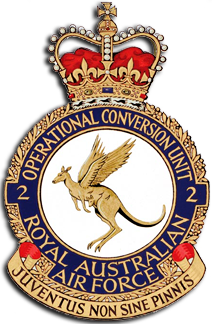
No. 2 Operational Conversion Unit is a fighter training unit of the Royal Australian Air Force (RAAF). Located at RAAF Base Williamtown, New South Wales, the unit trains pilots to operate the Lockheed Martin F-35 Lightning II. Pilots new to the F-35 enter No. 2 2OCU after first qualifying to fly fast jets at No. 79 Squadron and undertaking initial fighter combat instruction at No. 76 Squadron. Once qualified on the F-35, they are posted to one of No. 81 Wing's operational Hornet units, No. 3 Squadron, No. 75 Squadron or No. 77 Squadron.

No. 4 Squadron is a Royal Australian Air Force squadron composed of the air force special forces Combat Controllers, aircrew who operate the Pilatus PC-21 aircraft and instructors for the Australian Defence Force Joint Terminal Attack Controller (JTAC) course.
RAAF Base Edinburgh is a Royal Australian Air Force (RAAF) military airbase located in Edinburgh approximately 28 km (17 mi) north of Adelaide, South Australia, Australia and forms part of the Edinburgh Defence Precinct.
No. 292 Squadron is a Royal Australian Air Force (RAAF) operational conversion unit based at RAAF Base Edinburgh, South Australia. The squadron was formed on 1 January 1977 as the Maritime Analysis Training Squadron and renamed No. 292 Squadron on 27 October 1980. Throughout its history it has formed part of No. 92 Wing and been responsible for training aircrew to operate the RAAF's Lockheed P-3 Orion and Boeing P-8A Poseidon maritime patrol aircraft. It took responsibility for training Poseidon maintenance and operations personnel in 2018.
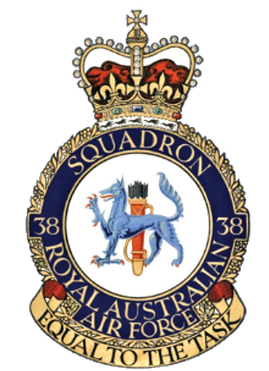
No. 38 Squadron was a Royal Australian Air Force (RAAF) transport and training unit active between 1943 and 2018. It was formed on 15 September 1943 and saw service during World War II transporting supplies and personnel between Australia and the combat zones in New Guinea and Borneo, using Douglas Dakota aircraft. Following the war, the squadron conducted regular courier flights between Australia and Japan in 1947 and 1948. No. 38 Squadron was deployed to Singapore from 1950 to 1952, supplying Commonwealth forces engaged in the Malayan Emergency and undertaking courier flights across Asia. In 1954 it became responsible for training RAAF personnel to operate Dakotas.

RAAF Base Wagga is a Royal Australian Air Force (RAAF) military air base located 5.8 nautical miles southeast of the town of Wagga Wagga, in the suburb of Forest Hill, New South Wales, Australia.
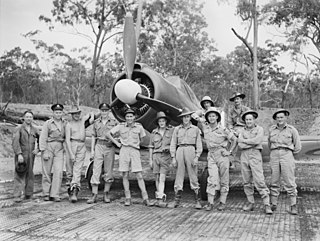
No. 83 Squadron is a Royal Australian Air Force intelligence unit. It was originally formed in 1943 as a 'home defence' fighter squadron and provided air defence to several locations in Queensland, the Northern Territory and New South Wales before being disbanded in 1945. The squadron was re-raised in 2021, and is responsible for a system which integrates intelligence from multiple sources.
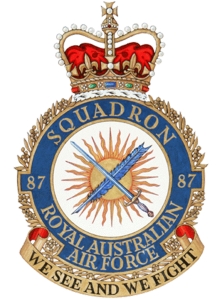
No. 87 Squadron is a Royal Australian Air Force (RAAF) air intelligence squadron. It saw action during World War II as a photo reconnaissance squadron, being raised in September 1944 through the re-designation of No. 1 Photo Reconnaissance Unit, which had been formed in June 1942. Throughout the war, No. 87 Squadron flew a variety of aircraft from bases in Australia, gathering photographic intelligence on Japanese forces and installations throughout the Pacific. At the conclusion of hostilities, the squadron was disbanded but was later re-formed in 1948, carrying out aerial survey operations in Australia until 1953. In 2006, it was re-raised again as a non-flying squadron tasked with air intelligence analysis as part of the Information Warfare Directorate within the RAAF's Air Warfare Centre.

Air Force Training Group is the Royal Australian Air Force (RAAF) group responsible for training personnel. It is headquartered at RAAF Williams, Victoria. The group was established as Training Command in 1953. It formed part of Support Command between from 1959 to 1990, when it was re-established as Training Command. In July 2006, Training Command was re-formed as Air Force Training Group under Air Command. Air Force Training Group consists of a headquarters and two Academies: Air Academy and Ground Academy.

The Royal Australian Air Force's Air Combat Group (ACG) is the group which administers the RAAF's fighter and bomber aircraft. ACG was formed on 7 February 2002 by merging the RAAF's Tactical Fighter Group and Strike Reconnaissance Group in an attempt to improve the speed with which the RAAF can deploy its combat aircraft.
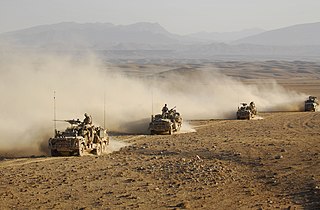
The special forces of the Australian Defence Force are units of Special Operations Command and associated units of the Royal Australian Navy and the Royal Australian Air Force that conduct and or support special operations to advance and protect the national security of the Commonwealth of Australia. The special forces of Australia have a lineage to a variety of units raised in the Second World War such as the Independent and Commando Companies, Z Special Unit, Navy Beach Commandos, and the Coastwatchers. Australian special forces have most recently been deployed to Iraq in Operation Okra as the Special Operations Task Group, as the Special Operations Task Group in Afghanistan, in Afghanistan in support of the Australian Secret Intelligence Service and regularly for counter-terrorism pre-deploy to locations of major domestic events throughout Australia in readiness to support law enforcement such as the 2014 G20 Brisbane summit.
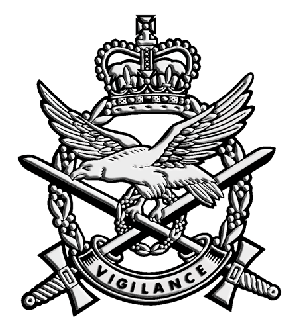
The Australian Army Aviation (AAAvn) is an administrative corps of the Australian Army. It was formed on 1 July 1968. The motto of the Australian Army Aviation corps is Vigilance.
Air Vice Marshal Alfred John Quaife, AM is a retired senior officer of the Royal Australian Air Force (RAAF).
The Information Warfare Directorate of the Royal Australian Air Force's Air Warfare Centre (AWC) is the Australian Defence Force's central institution dealing with tactical information warfare.
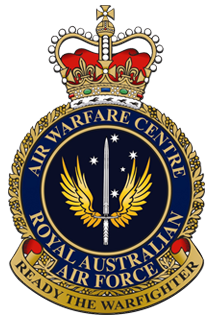
The Air Warfare Centre (AWC) is a Force Element Group of the Royal Australian Air Force (RAAF) based at RAAF Base Edinburgh. It was formerly titled the Aerospace Operational Support Group (AOSG) and was reformed into the AWC in 2016.

Richard Cresswell, DFC was an officer and pilot in the Royal Australian Air Force (RAAF). He held command of No. 77 (Fighter) Squadron twice during World War II, and again during the Korean War. Cresswell was credited with being the first RAAF pilot to shoot down an enemy aircraft at night over Australian soil, the only man to serve as commanding officer of an RAAF squadron on three occasions during wartime, and the first officer to lead a jet-equipped Australian squadron in combat. His performance in Korea earned him both the Commonwealth and the US Distinguished Flying Crosses.















